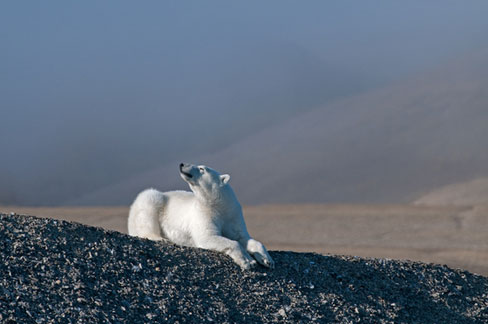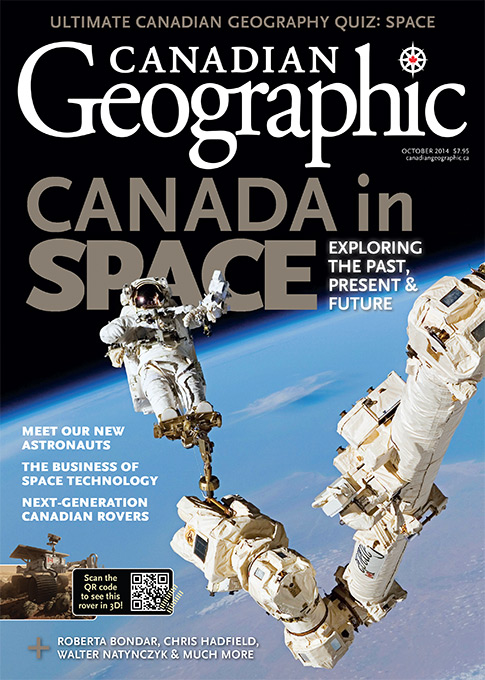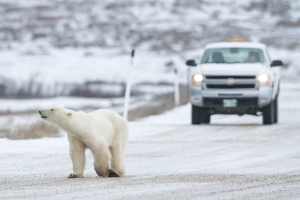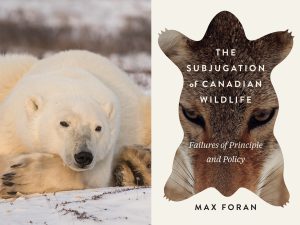While there’s still a long way to go before scientists can accurately monitor polar bear populations across the animal’s entire range using satellite imagery, the news that doing so successfully on a smaller scale is a potential boon for researchers and animals alike.
Satellite counts of the kind that took place during a study on Nunavut’s Rowley Island are less costly, less intrusive, safer, and, once refined to account for much larger areas, could be used to count other species across Canada’s North.
The study is part of an ongoing effort by the U.S. Geological Survey to identify non-invasive technologies to better understand how polar bears respond to the loss of sea ice due to a warming climate. Here’s a by-the-numbers look at the study and its results.
Size of Rowley Island 1,100 square kilometres
Approximate cost of satellite images $5 per square kilometre
Approximate cost of an aerial survey $1,500 per hour
Altitude of DigitalGlobe’s WorldView-2 and QuickBird satellites that produced images 770 kilometres and 482 kilometres, respectively
Altitude of a helicopter used during aerial surveys 120 metres
Resolution of WorldView-2 and QuickBird satellite images 0.46 metres and 0.55 metres, respectively
Number of pixels each full-grown polar bear takes up in satellite images About six to 10
Approximate number of hours researchers spent counting polar bears on satellite images 100
Estimate of number of polar bears resulting from satellite image count 94
Estimate of number of polar bears resulting from aerial survey count 102






